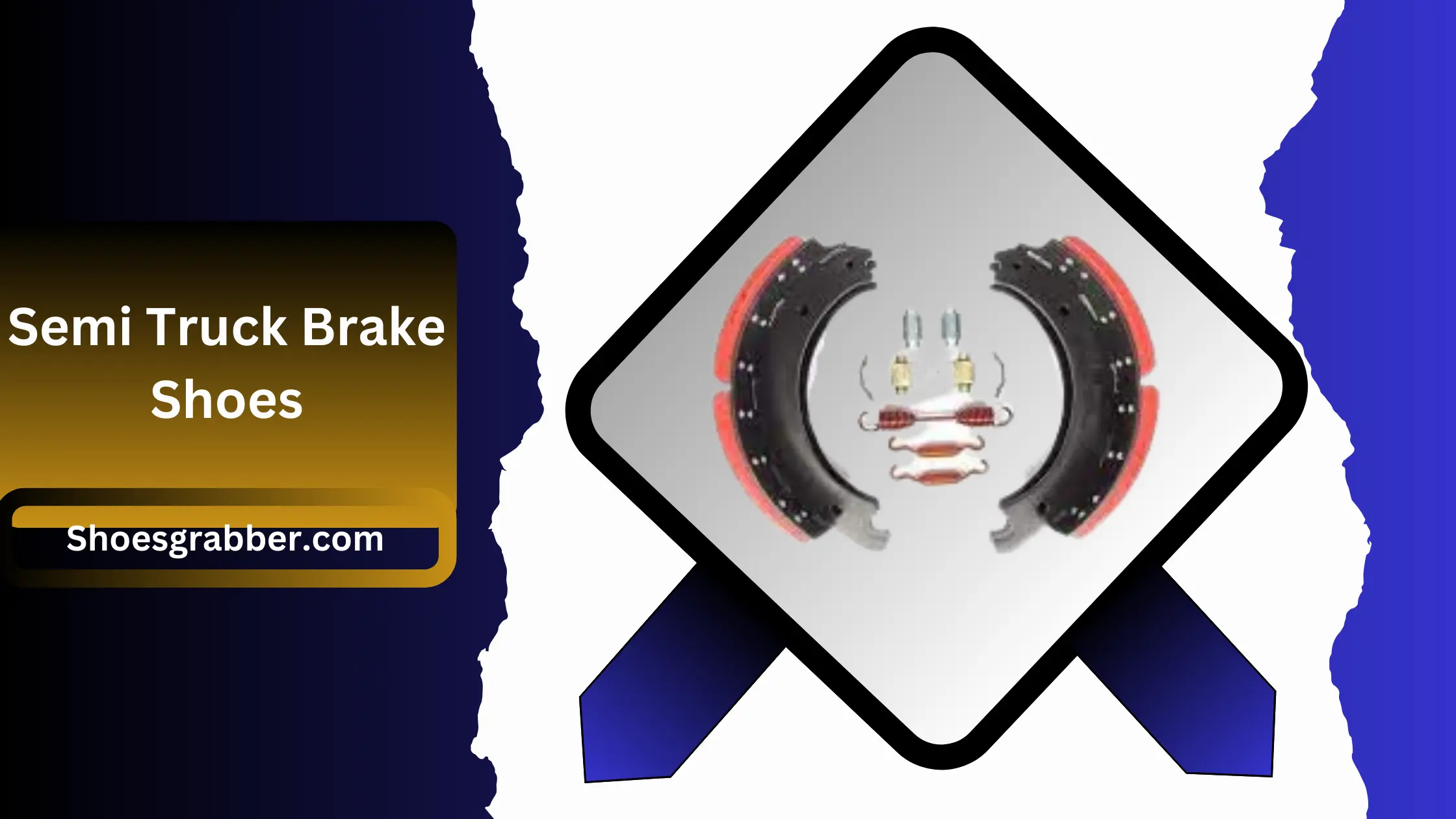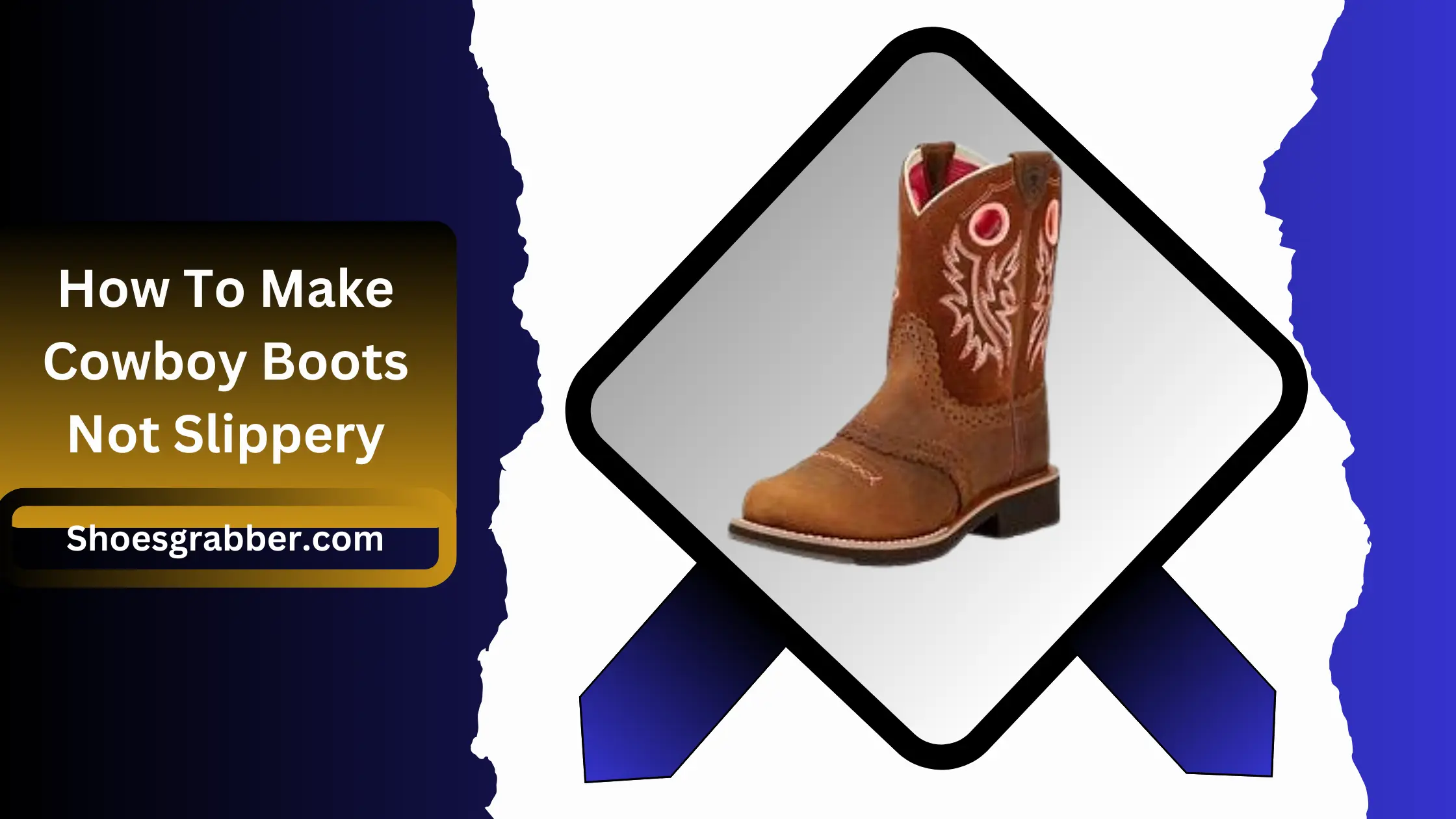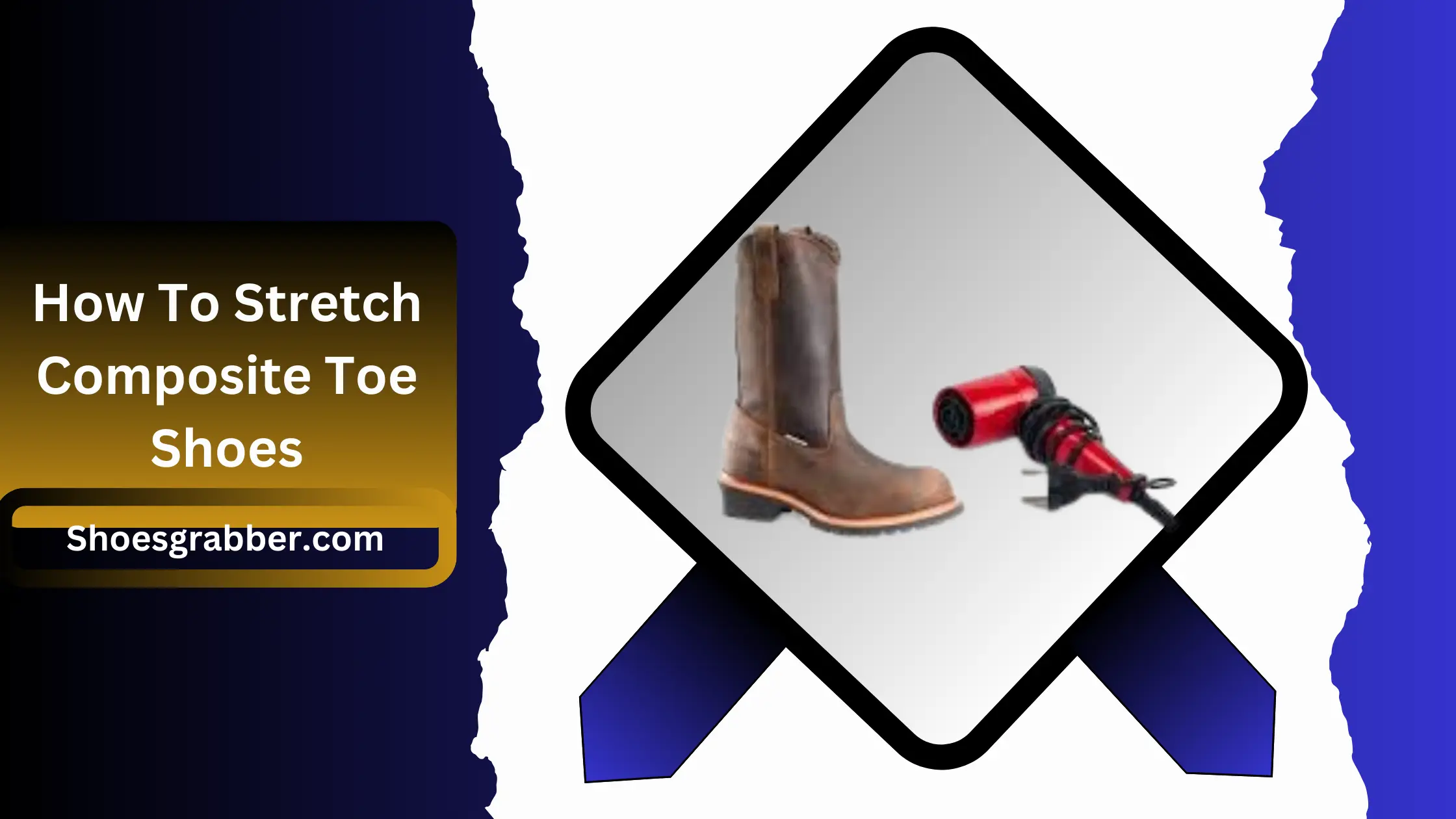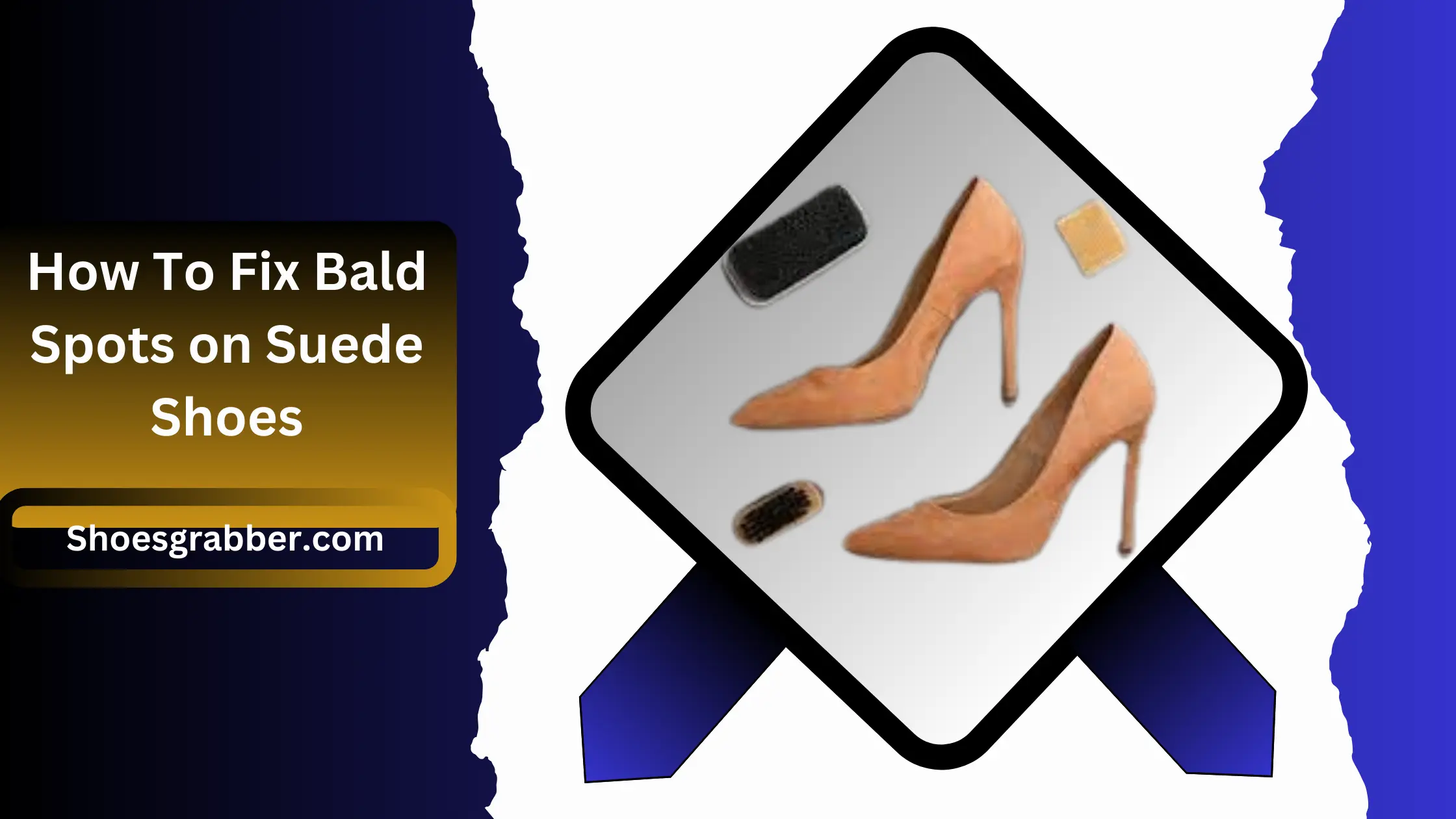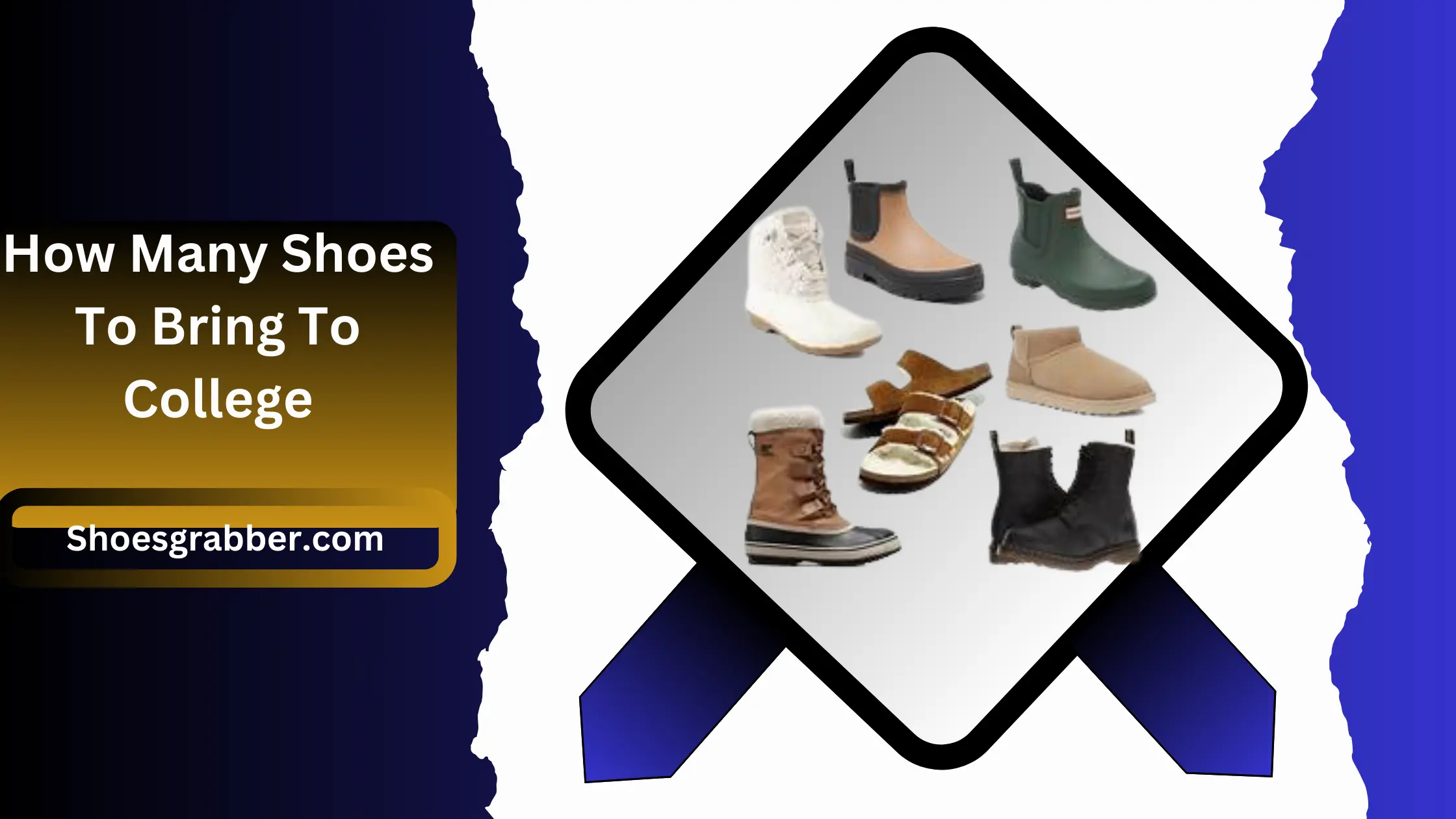Are you a semi truck owner or operator looking to do some of the maintenance yourself? Or maybe you are part of a fleet, trying to instill best practices for making sure your rigs are safe and compliant on the road.
One of those safety features is the brakes, which need routine check-ups and replacements as needed. Today we will cover how to measure semi truck brake shoes so that you can be sure they’re always in optimal functioning condition.
Mastering Semi Truck Brake Shoe Measurement in Easy Steps:
- Gather your tools: measuring tape, straight edge ruler, and a marker.
- Secure the truck: Make sure your truck is parked on level ground and set the parking brake before beginning any work.
- Locate the brake shoes: They should be found towards the middle of the wheel assembly.
- Inspect visually for damage or wear: Check for cracks, chips, or excessive wear that may warrant replacement.
- Measure the brake lining: Using your measuring tape, measure the thickness of the brake lining from top to bottom. Record this measurement as it will be needed later.
- Mark the shoe center line: Using your straight edge ruler and marker, draw a straight line down the center of the shoe. This will help with accuracy in measurements.
- Identify the wear limit: Most manufacturers have a wear limit for their brake shoes, typically marked with a line or notch. If the lining is worn down to this point, it needs replacement.
- Measure the shoe width: Place your measuring tape across the center line you marked and measure from one end of the shoe to the other. This will give you an accurate measurement of the shoe’s width.
- Measure the shoe length: Place your measuring tape vertically along the center line and measure from top to bottom. This will give you an accurate measurement of the shoe’s length.
- Calculate the brake surface area: Using the measurements of the width and length, multiply them together to get the total surface area of the brake shoe.
- Measure the thickness of the shoe table: This is the flat surface where the brake lining sits. Measure from top to bottom and record this measurement.
- Calculate the remaining brake material: Subtract the thickness of the shoe table from your first measurement of the brake lining. This will give you an accurate measurement of how much brake material is left.
- Measure the diameter of the rivet holes: Using your measuring tape, measure the diameter of each rivet hole and record the measurements. These will be needed when purchasing replacement brake shoes.
- Measure the distance between rivet holes: Place your measuring tape horizontally across two adjacent rivet holes and measure the distance between them. Record this measurement.
- Repeat for all remaining brake shoes: It’s important to measure all of the brake shoes on each wheel, as they may wear at different rates.
- Record and compare measurements: After completing all measurements, record them and compare against manufacturer specifications. If any measurements fall below the recommended limits, it’s time for replacement.
Avoid an Overhaul – Learn to Properly Measure Your Semi Truck Brake Shoes:
Regularly measuring your semi truck brake shoes is an essential part of maintaining the safety and efficiency of your vehicle. By following these simple steps, you can ensure that your brakes are always in optimal condition and avoid costly overhauls down the line.
Additionally, it’s important to keep track of when you last measured your brake shoes and when they were last replaced. This will help you stay on top of routine maintenance and catch any potential issues before they become major problems.
Remember to always follow manufacturer specifications and seek the help of a professional mechanic if needed. With proper measurements and regular maintenance, your semi truck’s brakes will continue to perform at their best, keeping you safe on the road.
Tips and Tricks to Measuring Semi Truck Brake Shoes:
- If possible, measure the brake shoes when they are cold to get more accurate measurements.
- Use a micrometer for precise measurements of the shoe thickness and diameter of rivet holes.
- Keep a record of all measurements for future reference and comparison.
- Always replace brake shoes as a pair or complete set to ensure even wear and proper braking performance.
- Consider investing in a brake gauge tool for more accurate measurements and ease of use.
- If you notice any irregular wear patterns, it may indicate an underlying issue with your braking system that should be addressed immediately.
- Don’t forget to also check and measure the drums and other brake components for any wear or damage.
- Regularly clean and inspect your brakes to catch any potential issues before they become major problems.
- When purchasing replacement brake shoes, make sure they are the correct size and type for your specific vehicle.
- Don’t hesitate to seek the advice of a professional mechanic if you are unsure about any measurements or encounter any issues during the measuring process. Safety should always be the top priority when it comes to maintaining your semi truck’s brakes.
Safety Tips for Semi Truck Brake Shoe Maintenance:
1. Always follow proper safety protocols when working on a semi truck, including wearing protective gear and using jack stands or blocks to secure the vehicle.
- If you are not confident in your ability to measure brake shoes accurately, it’s best to seek the help of a professional mechanic.
- Regularly inspect and replace any damaged or worn brake components to ensure safe operation of your vehicle.
- Never ignore warning signs such as squealing or grinding noises, vibrating brake pedals, or decreased braking performance. These could indicate a problem with your brakes that needs immediate attention.
- In addition to regular measurements and maintenance, it’s important to also follow recommended driving practices such as avoiding heavy braking and using engine braking when possible to minimize wear on your brakes.
- If you drive in harsh conditions or frequently tow heavy loads, consider increasing the frequency of measuring and servicing your brakes.
- Always replace brake shoes with high quality, reputable brands to ensure safety and longevity.
- When replacing brake shoes, also check and replace any other components that may be worn or damaged, such as springs and hardware.
- Regularly inspect and maintain your brake system as a whole, including the air compressor, lines, and valves. A well-maintained brake system will help ensure safe and efficient operation of your semi truck.
- Keep an emergency kit on hand with spare brake shoes and other necessary tools in case of unexpected brake failures while on the road.
How often should you check and replace your semi truck brake shoes?
The frequency of checking and replacing your semi truck brake shoes will vary depending on factors such as driving conditions, load weight, and individual vehicle specifications. However, it is generally recommended to check your brake shoes every 50,000 miles or at least once a year.
If you notice any warning signs or irregular wear patterns, it’s important to have them checked immediately by a professional mechanic and replaced as needed. Regular maintenance and timely replacements will help ensure the safety and efficiency of your semi truck’s braking system.
So, make sure to stay on top of routine measurements and never ignore any potential issues with your brakes. Safety always comes first when it comes to operating a semi truck, so take the necessary steps to properly measure and maintain your brake shoes for a smooth and worry-free ride on the road. Keep your brakes in top shape and you’ll be able to confidently tackle any journey ahead.
Common Signs That Your Semi Truck Brake Shoes Need Replacing:
- Squealing or grinding noises when braking: This could indicate that your brake shoes are worn down and need to be replaced.
- Vibrating brake pedal: If you feel a pulsing sensation in the brake pedal when applying pressure, it may be a sign that your brake shoes or other components have become unevenly worn.
- Longer stopping distances: If you notice that your vehicle is taking longer to come to a complete stop, it could be a sign of worn brake shoes.
- Uneven tire wear: Worn brake shoes can cause your tires to wear unevenly, so keep an eye out for any unusual tread patterns.
- Warning light on dashboard: Many newer semi truck models are equipped with a warning light that will alert you when your brake shoes need to be replaced. If this light turns on, it’s important to have your brakes checked as soon as possible.
- Visible signs of wear on brake shoes: Regularly inspecting your brake shoes can help catch any issues before they become major problems. Look for uneven wear, cracks or breaks in the lining, and excessive dust buildup.
- Vehicle pulling to one side when braking: If your vehicle pulls to one side when you apply the brakes, it could be a sign of unevenly worn brake shoes. This issue should be addressed immediately for safety reasons.
- Changes in pedal feel: Pay attention to any changes in the way your brake pedal feels when you press on it. If it becomes softer or harder to press, it could be a sign of worn brake shoes or other issues with your braking system.
5 Expert ADVICE for Maintaining Semi Truck Brake Shoes:
- Stay on top of routine maintenance and inspections to catch any potential issues early on.
- Use high quality, reputable brands when replacing brake shoes to ensure safety and longevity.
- Follow recommended driving practices, such as avoiding heavy braking and using engine braking when possible, to minimize wear on your brakes.
- Keep an emergency kit with spare brake shoes and tools in case of unexpected brake failures while on the road.
- Seek the help of a professional mechanic if you are unsure about any measurements or encounter any issues during the measuring process. Safety should always be the top priority when it comes to maintaining your semi truck’s brakes.
Conclusion:
Keeping up with regular inspection and maintenance of your semi truck brakes is absolutely imperative. Knowing how to accurately measure semi truck brake shoes ensures safe travels on the winding roads; a skill every pro mechanic should have a firm grasp on.
With the tips and tricks detailed above, any mechanic can measure semi truck brake shoes in no time! If you’re looking for more insight of professional quality from a dependable source, check out our resources section for more guides and in-depth advice regarding semi trucks and other large vehicles. Now that you’ve read our guide on how to measure semi truck brake shoes, you can hit the road with confidence knowing your vehicle is running safely and efficiently.
